Parc de la Ciutadella in Barcelona, Spain, seems at first like any other European green space, serving as an artistic and energetic gathering place for locals. But if you spend a little more time there than most tourists do, you’ll realize how much it truly represents the city. It’s a historical treasure, but it’s managed to balance that legacy with modernization and a social spirit. Just like Barcelona itself, Parc de la Ciutadella has plenty to see and do, revealing more and more details of the famed green space with every visit.
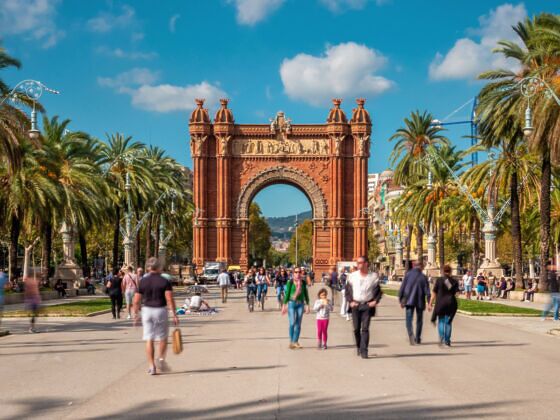

How to Enjoy Barcelona’s Parc de la Ciutadella Like a Local
The park is the largest green space in Barcelona’s city center (which includes the Ravel, Gothic, and Born neighborhoods). The 77-acre park is home to the city’s Parliament building, a lake, gardens, fountains and art, walking paths, a museum, and even the city zoo. Parc de la Ciutadella is an excellent stop if you need a break after wandering the city’s famously narrow streets or just want to relax in the sun for a quick sightseeing break.
Fortunately, it doesn’t take long to feel a connection with the energy and history of the park, especially if you find a space to relax on the grass next to locals and ex-pats. Here’s how visitors can feel the allure of the buzzing green space without the need to start looking up visa requirements.
History of Parc de la Ciutadella
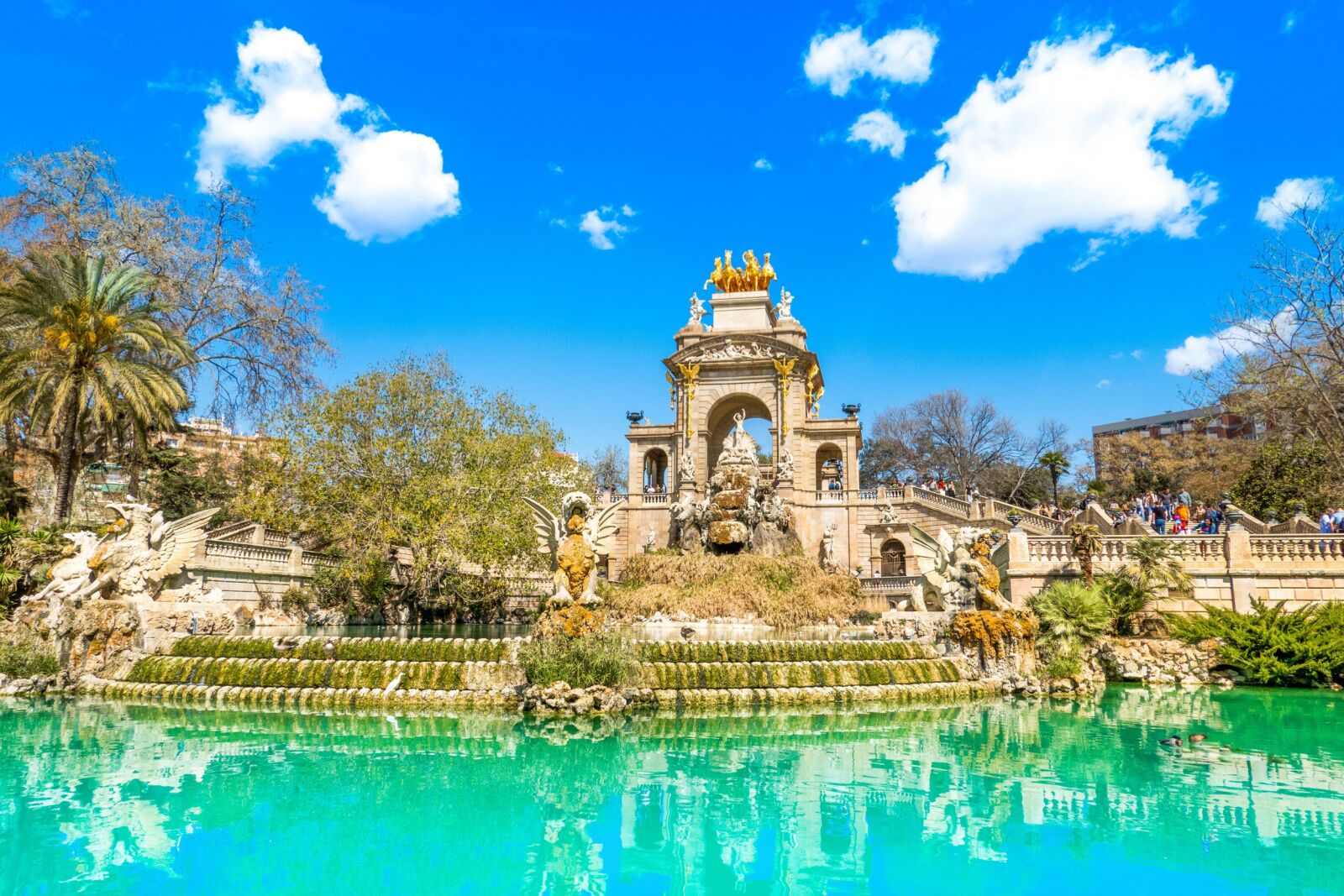
Photo: Myroslava Bozhko/Shutterstockb
The name of Parc de la Ciutadella (a.k.a. Ciutadella Park, or Park of the Citadel) comes from the space’s first iteration: it was a citadel (fortress) built under the direction of King Philip V in 1715 to defend the city after an extensive European-wide conflict to determine control of Spain. Historically, citadels were built to protect cities and provide a place for residents to gather and shelter for defense.
However, King Philip used tax revenue to build the citadel and displaced thousands of locals to get the land, so the project wasn’t very well-received among people of the city. In the 1860s, a general looking to gain political favor with locals mostly destroyed the citadel, and the land was soon returned to the people to become a public space. It flourished because it symbolized the power of residents to change something they hated about the city and never wanted in the first place, not because it was so successful or significant as a military defense.
The park, as it more or less stands today, was designed for the 1888 Universal Exhibition — the World’s Fair. It brought global attention to the Catalan capital and drew more than two million people to the area. Most of the park’s most famous buildings and monuments were constructed during that time, including the Castle of the Three Dragons and Barcelona’s Arc de Triomf, which served as the fair entrance.
Since then, Parc de la Ciutadella has continued as a public space. It’s where the Catalonian Parliament meets and is a frequent site for events on public holidays and during festivals.
What to see at Parc de la Ciutadella
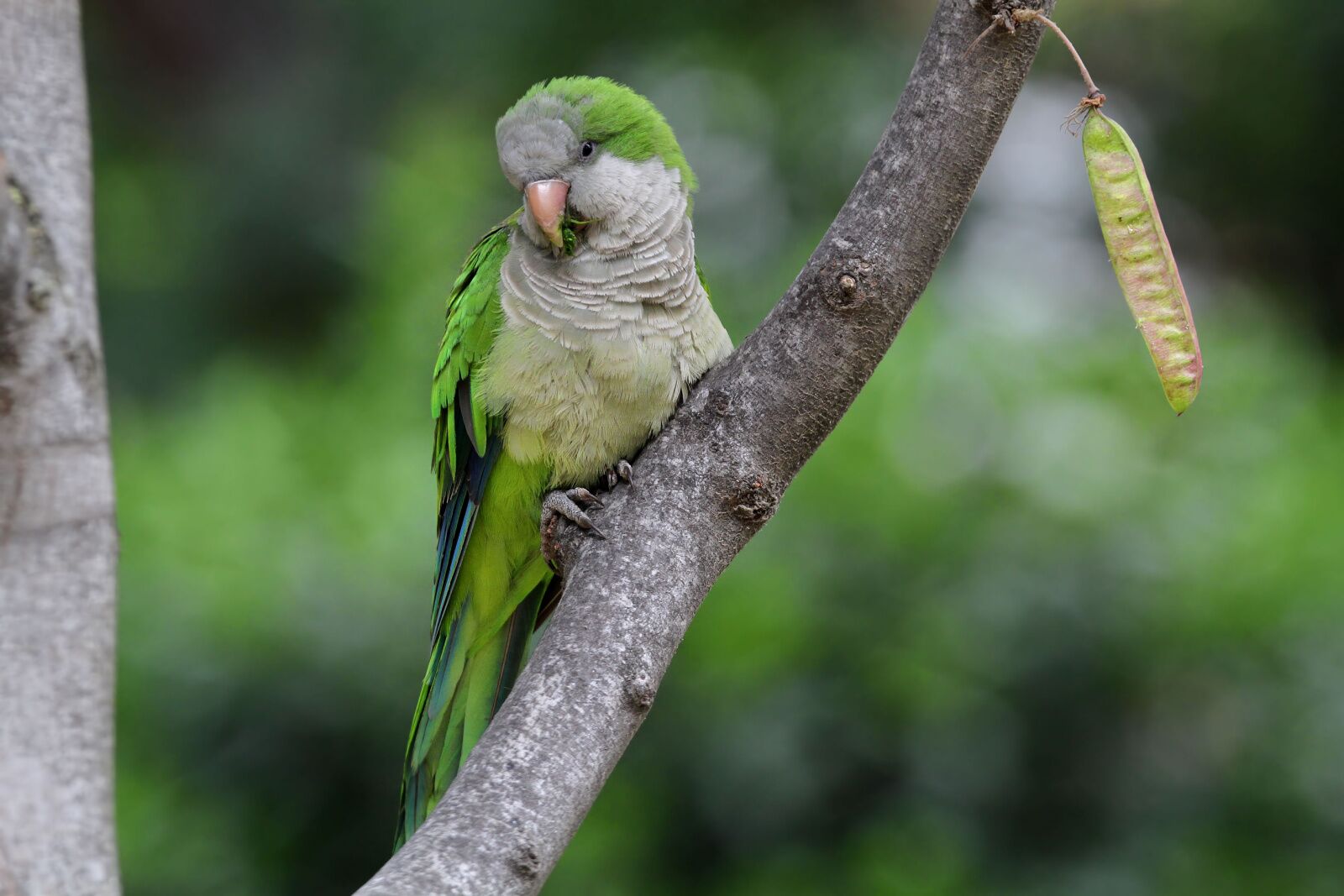
Photo: Mark Caunt/Shutterstock
The first thing most visitors notice about Parc de la Ciutadella is how lush and green it is, much like other great European green spaces. More than 100 tree species call the park home, including some river oaks and Mexican white oak trees dating to the late 1800s. The most unusual and intricately shaped ones are near the park’s boating pond.
Close to the pond is also where you’ll find the Cascada Monumental, with a design loosely based on Rome’s Trevi Fountain. Unsurprisingly, it’s become an Instagram hot spot and a point of interest for anyone interested in art: Antoni Gaudí was a member of the engineering team behind the fountain’s dramatic details and imposing facade. It’s sometimes just called “Gaudí’s Fountain.” It’s usually busy, but if you visit late morning on the weekend, you may be lucky enough to catch locals tango dancing on the top of the stairs.
One of the most popular attractions in Parc de la Ciutadella is the small pond. It doesn’t have the grandeur of larger lakes like El Retiro in Madrid, but it’s surrounded by shady greenery and palm trees. It’s an ideal place to relax, perhaps with a portable speaker and bottle of Spanish wine or snacks. In the park, you can rent a rowboat for 30 minutes for around 6 to 10 Euros ($7 to $11).
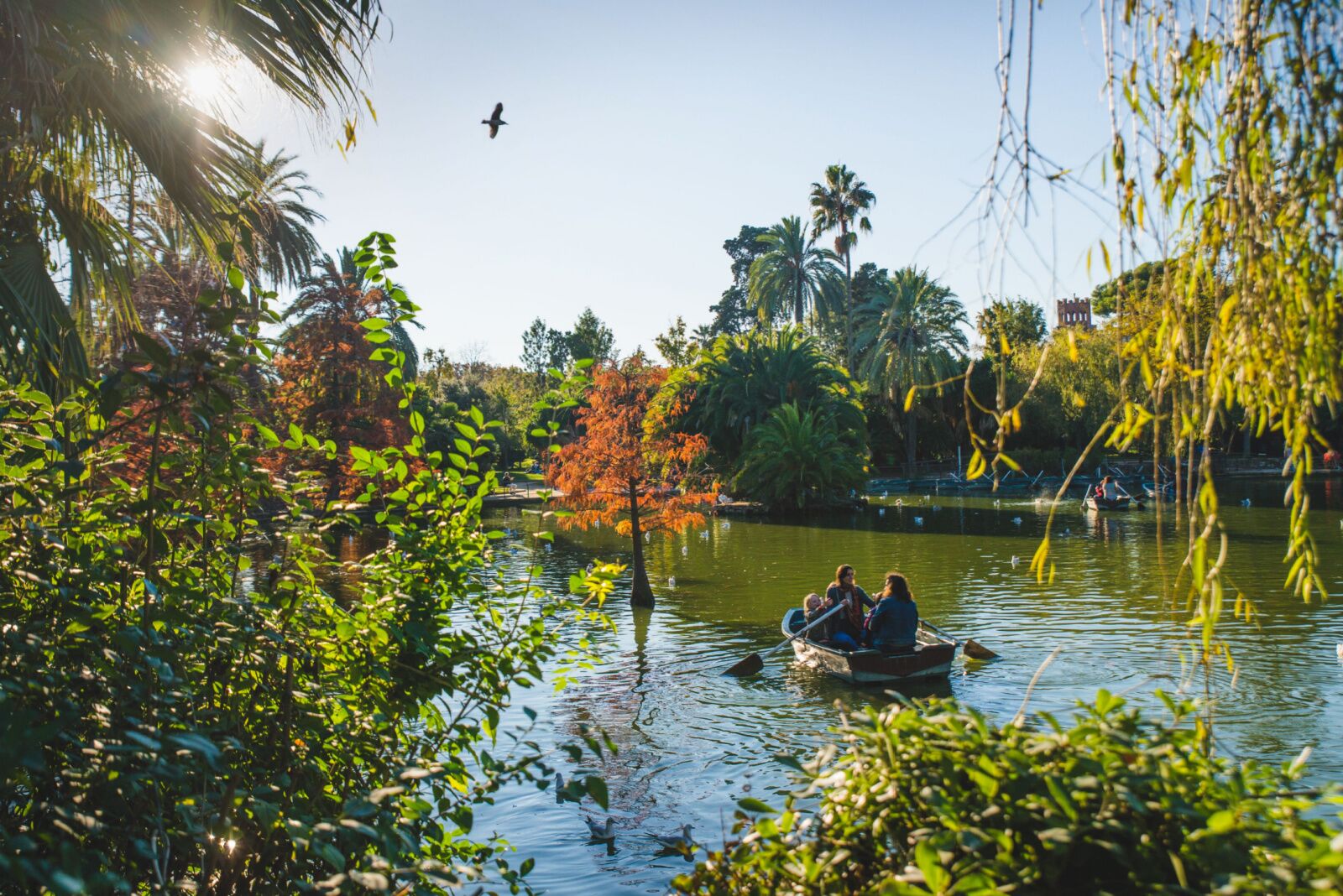
Photo: Ioana Catalina E/Shutterstock
Between the lake and the Parliament building is the Plaça de Joan Fiveller, gloriously restored in 2021. The project brought the surrounding gardens back to their original glory of 1916 and included the addition of thousands of new trees and plants. It’s gorgeous, but it’s still not fully accessible to the public to allow the plants to establish firm roots.
However, the benches surrounding this area are one of the least busy spots in the park, which is probably why the park’s resident parakeets like the area. Whether you view them as a noisy nuisance or a colorful addition to the city, they’re commonplace year-round in Barcelona. To see them up close, lean against the protective railings of the landscaped gardens. Look around, and you’ll spot two fixed chairs and a table around a small tree in the area. If empty, they’re an ideal place to relax with some privacy (and with some parakeets).
When to visit Ciutadella Park
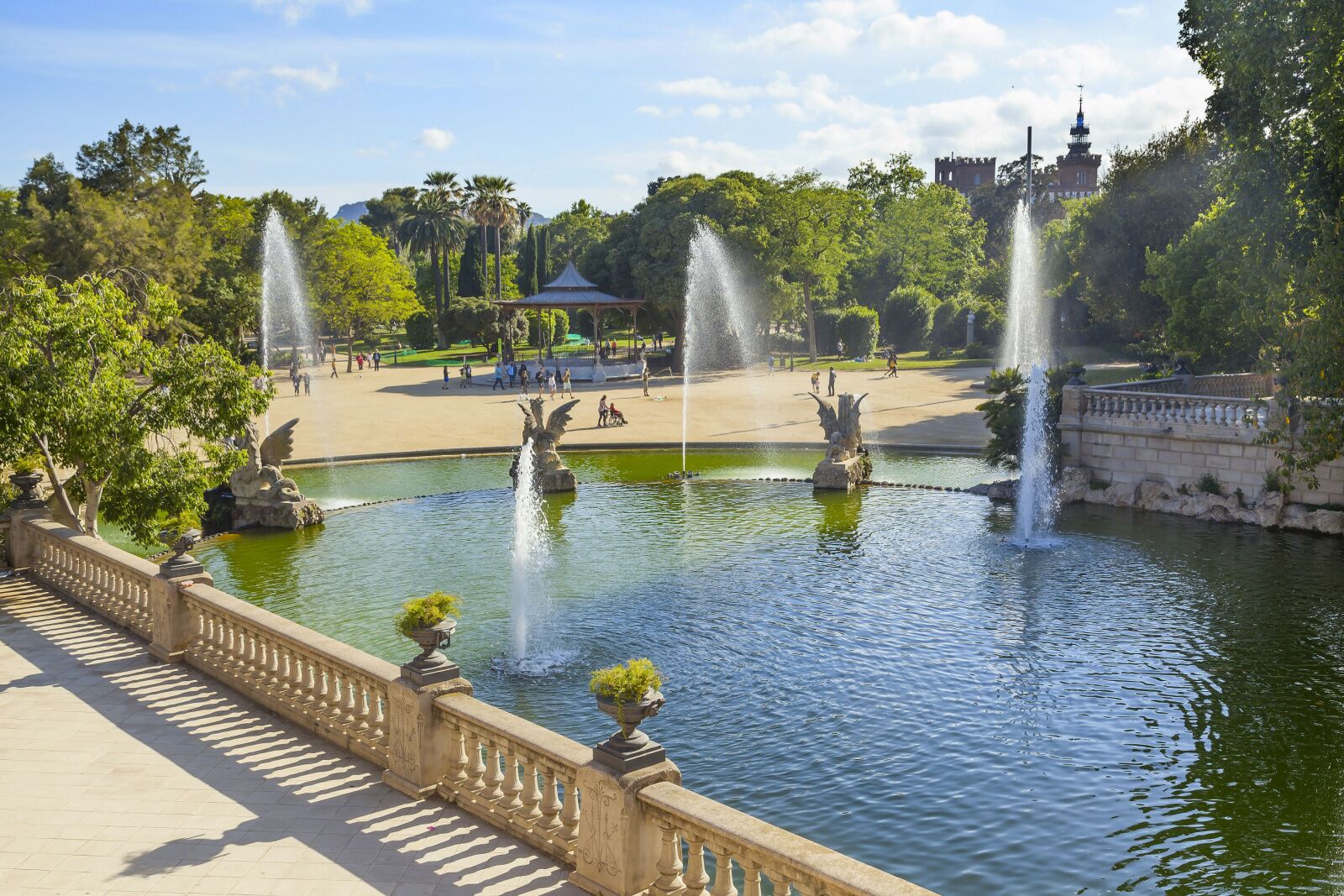
Mornings are usually the best time to see the park without large crowds. Photo: lorenzobovi/Shutterstock
There are two good times to visit Ciutadella Park: the early morning or a midweek summer afternoon. Both have their unique charms.
Pre-9 AM, Barcelona is still waking up. That’s true for most parts of the city, other than the Gothic Quarter, where tourists usually start early. Ciutadella Park and neighboring Born are a treat to meander through without the crowds, which is possible in the morning, even in the high season.
Parc de la Ciutadella is a thing of beauty before the humans take over, with birds and ducks owning the park, as well as a few dogs and their owners competing for space. Morning are also when gardeners work to keep the park pretty, and there’s something almost secretive in watching the work that goes into keeping the large park in check. It’s especially relaxing to watch the rowboat that heads out on the lake every morning to collect debris on the water; it’s a very calm job in the middle of a bustling city.
However, citadels were meant to be a central meeting place in cities, and there’s no better time to see how busy and busy Parc de la Ciutadella can be than on a buzzing summer afternoon. From freestyling yogis and acrobats to musicians and birthday parties, it’s impossible not to feel like you’re part of the community when the park is loud and lively. Whether you’re a local or tourist, you’re welcome if you’re there to celebrate nice weather, relaxing with good company, and enjoy a few days off work. If you’re into yoga, look for outdoor community classes in the park, usually found listed on apps like Meetup.
Eating and drinking by Parc de la Ciutadella
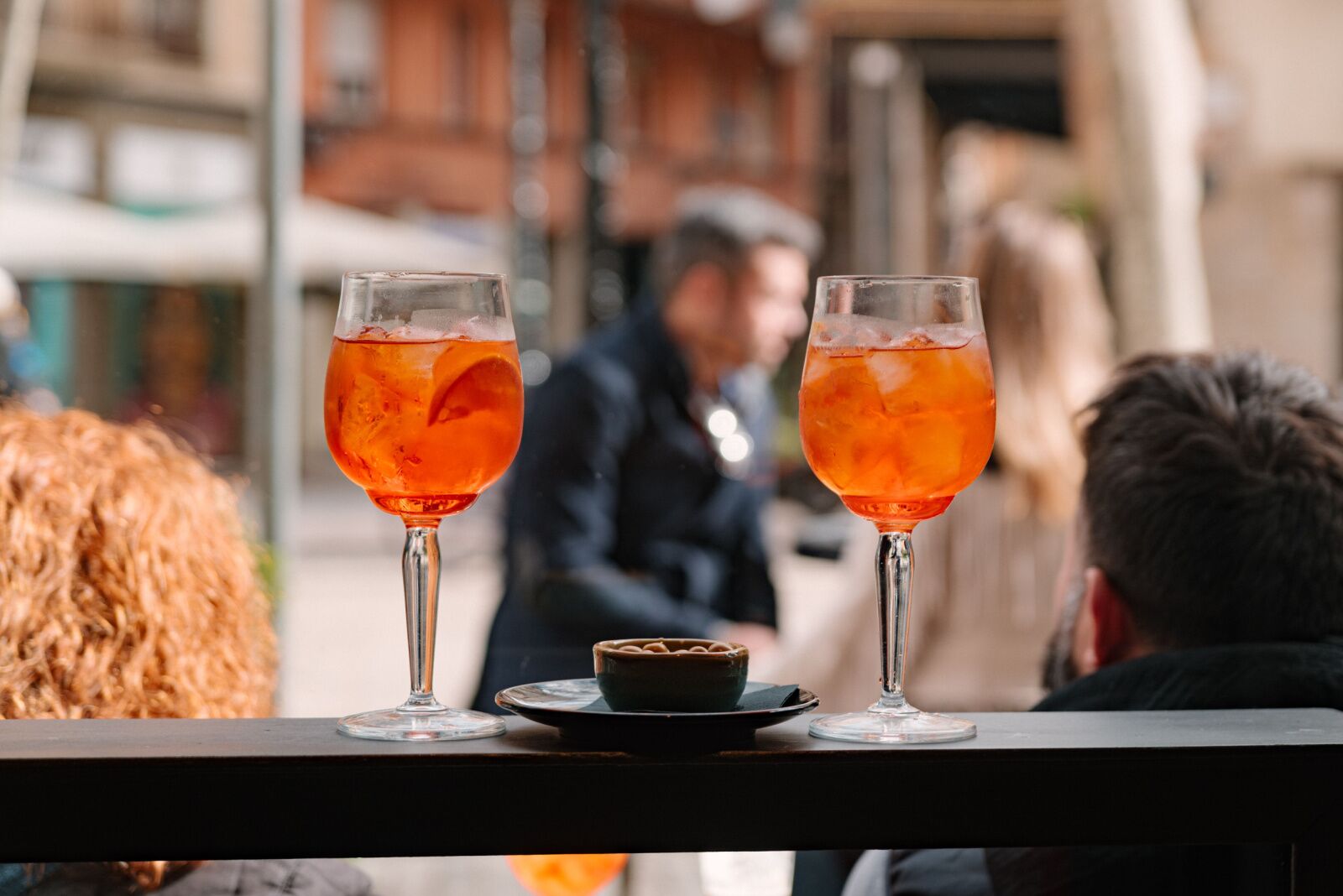
Photo: davide bonaldo/Shutterstocl
Few places in Barcelona are as well suited to an outdoor picnic as Parc de la Ciutadella (though there are a lot of great parks in the city). You can grab a bottle of wine or cold drinks and small snacks from any of the basic shops around the park. If you want something more substantial, stop at Boheme Cafe on Carrer de la Princesa. It’s a grab-and-go fresh cafe with sandwiches and picnic items, pastries, and various coffees and teas.
For a more substantial pre- or post-park meal, head north of the park (in the direction of the Arc de Trimof) to Passeig de Pujades to find a row of bars and restaurants with plenty of outdoor seating to continue to soak up the relaxed vibes of Parc de la Ciutadella. Popular Flora Cafe is a lovely spot for an Aperol spritz. And if you’re looking for the best patatas bravas in the area, it’s worth the slightly longer stroll to La Señorial for the finest crispy, skin-on potatoes you’ll find in the city.